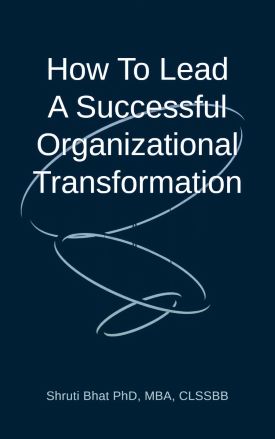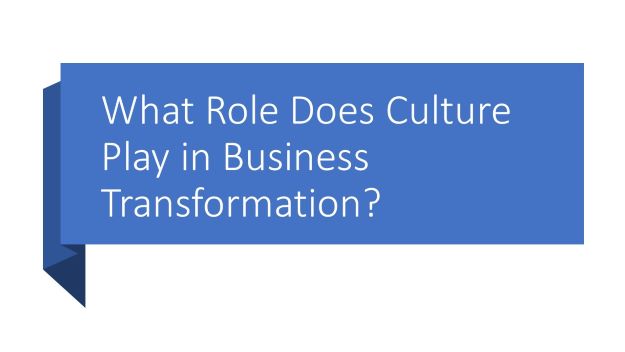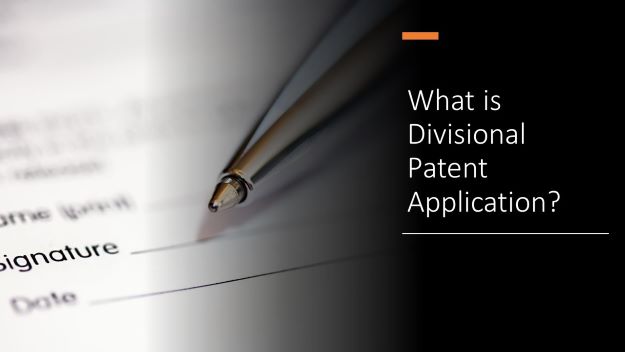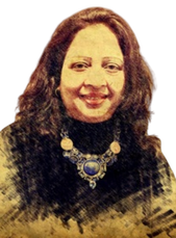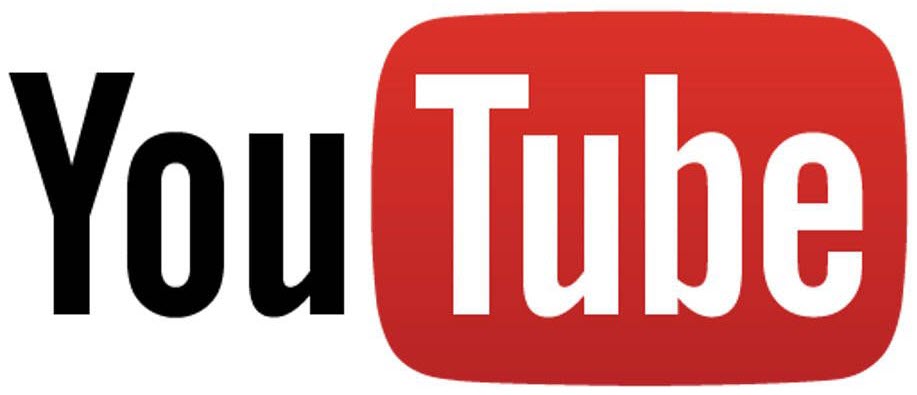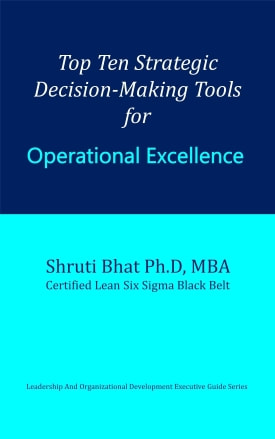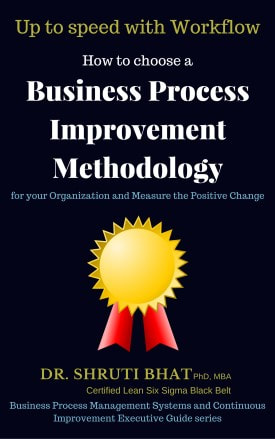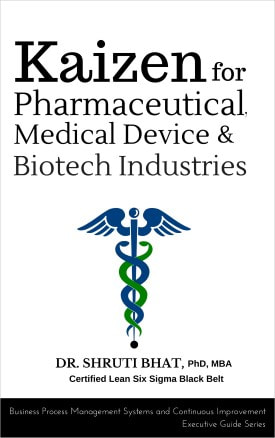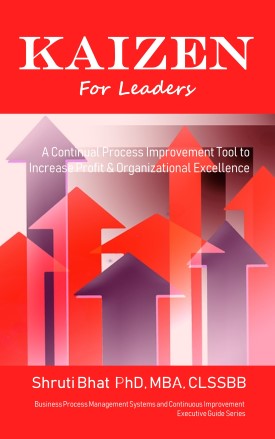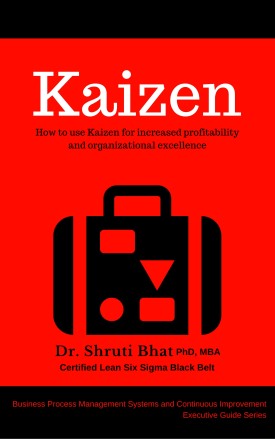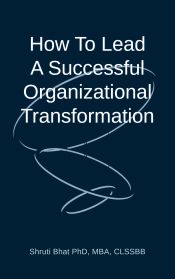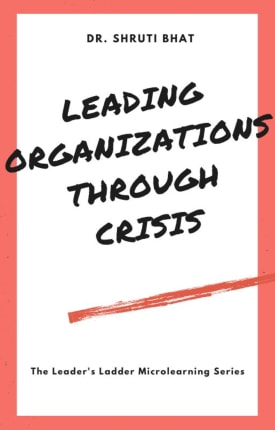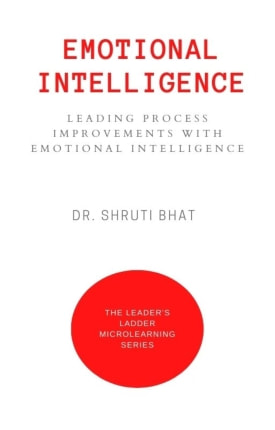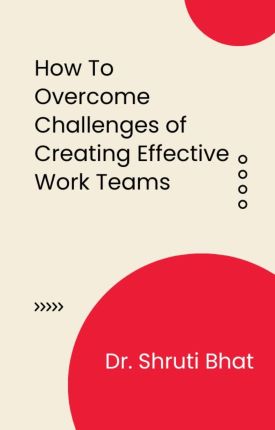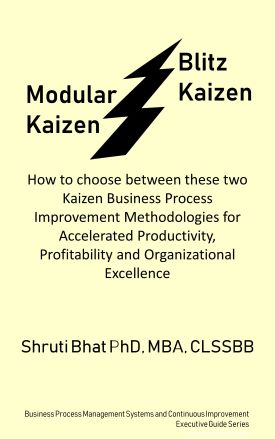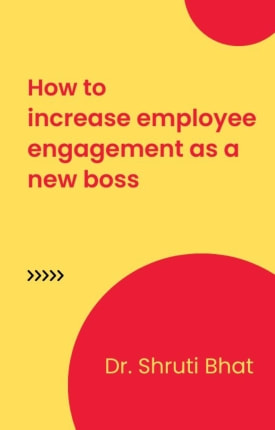About the book-
There are several basic building blocks for successful organizational transformations. They are not specific steps or stages, nor are they specific organizational designs. Rather, they are perspectives and ways of thinking about shifting behavior and influence.
One key to a successful transformation is to clearly define the end goal. When creating a transformation plan, start with the end result in mind and work backwards from there. Setting timelines for each stage of the transformation project can help you stay focused and make the process more manageable.
For example, if you're switching to a new technology platform, you might want to define the timeline for conducting preliminary research on available tools, submitting RFPs (Request for Proposal), and scheduling demos with vendors. Then, after selecting the best tool, implement it and train employees on using it. But this is easier said than done. Hence, leadership self-development is a constant To-Do on a leader’s list.
If you are a leader or an aspiring leader and want to bring-on organizational transformation or to enhance your leadership skills to elevate along the career ladder, then this book is for you!
With ‘so much’ leaders like us must read daily, I always look for bite-size information that is compact, complete, relevant and useful. This eBook- How to lead a successful organizational transformation, is designed to bring you vital information in an easy, useful and microlearning format.
Available as Electronic format in all popular book stores worldwide!
Checkout the preview here-

